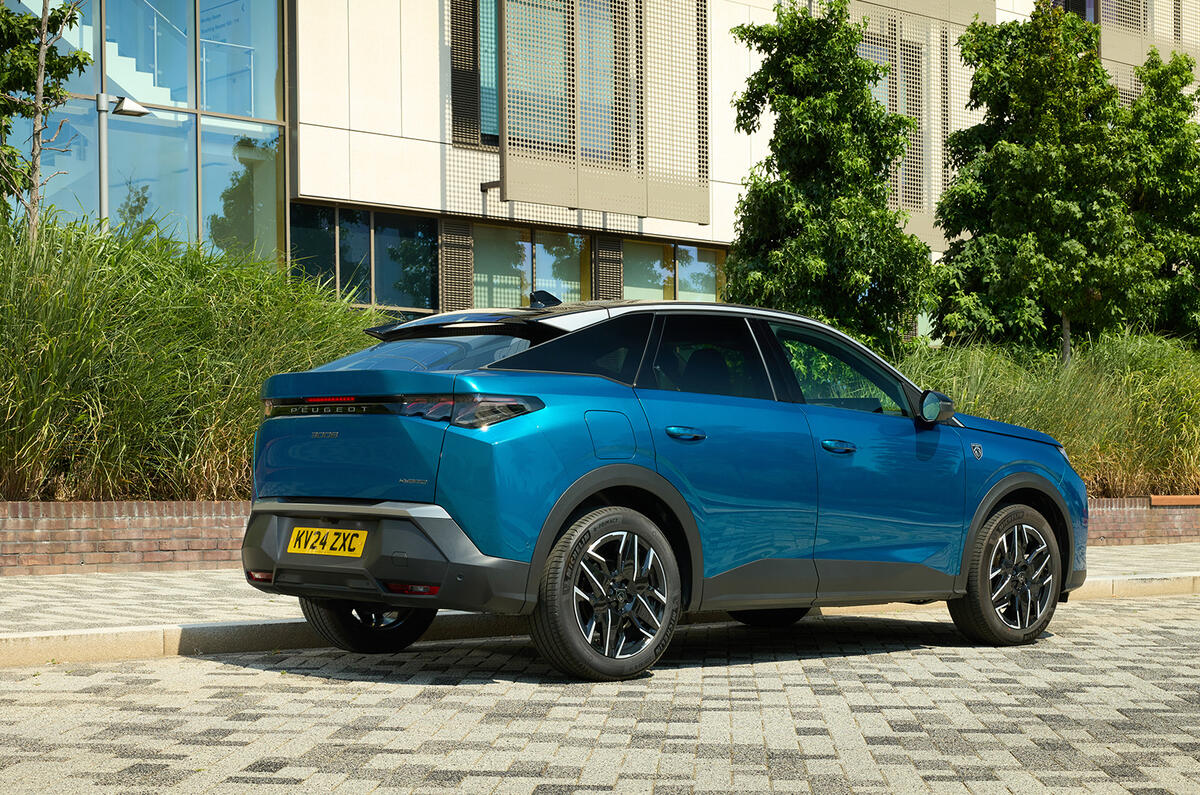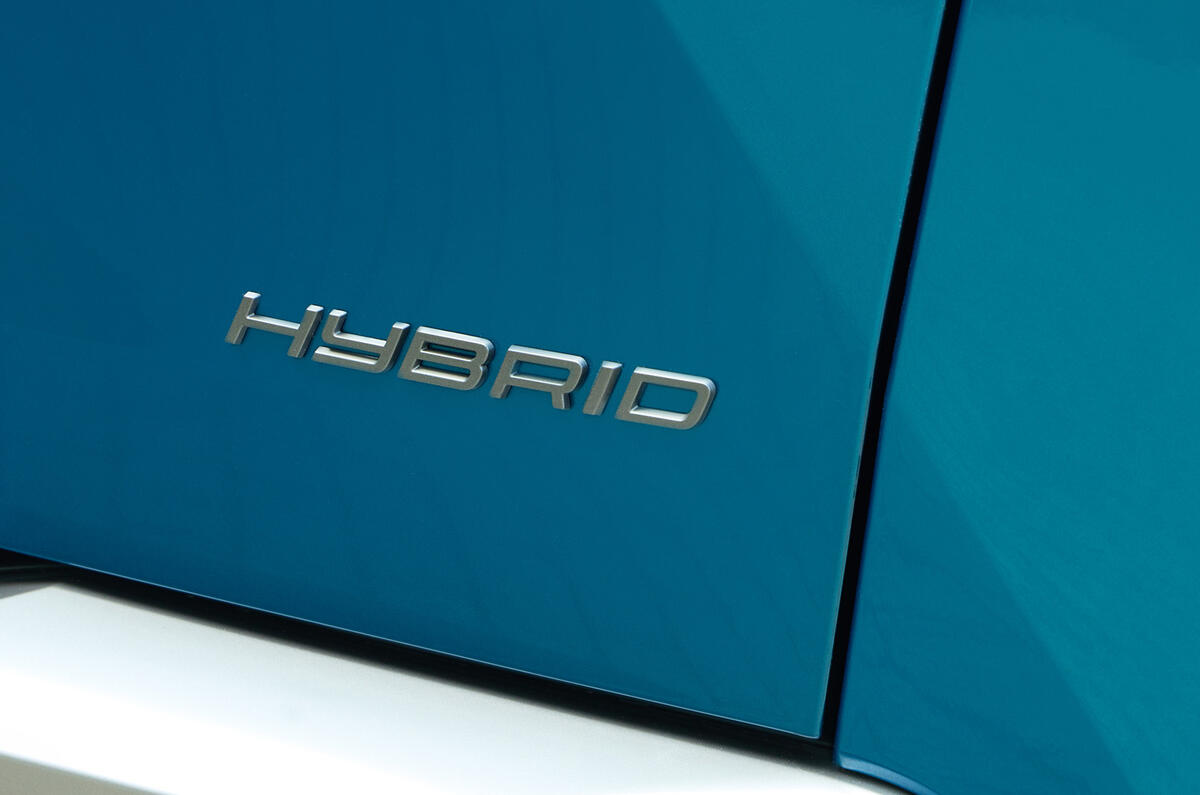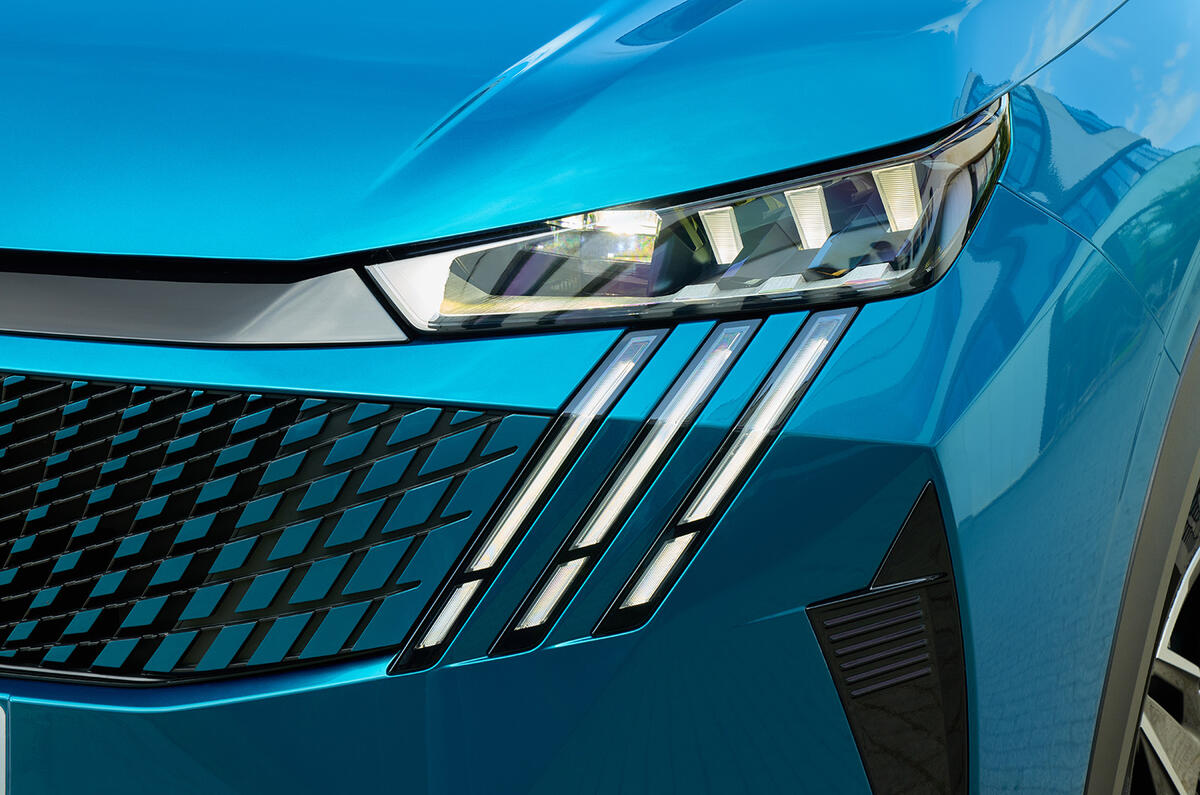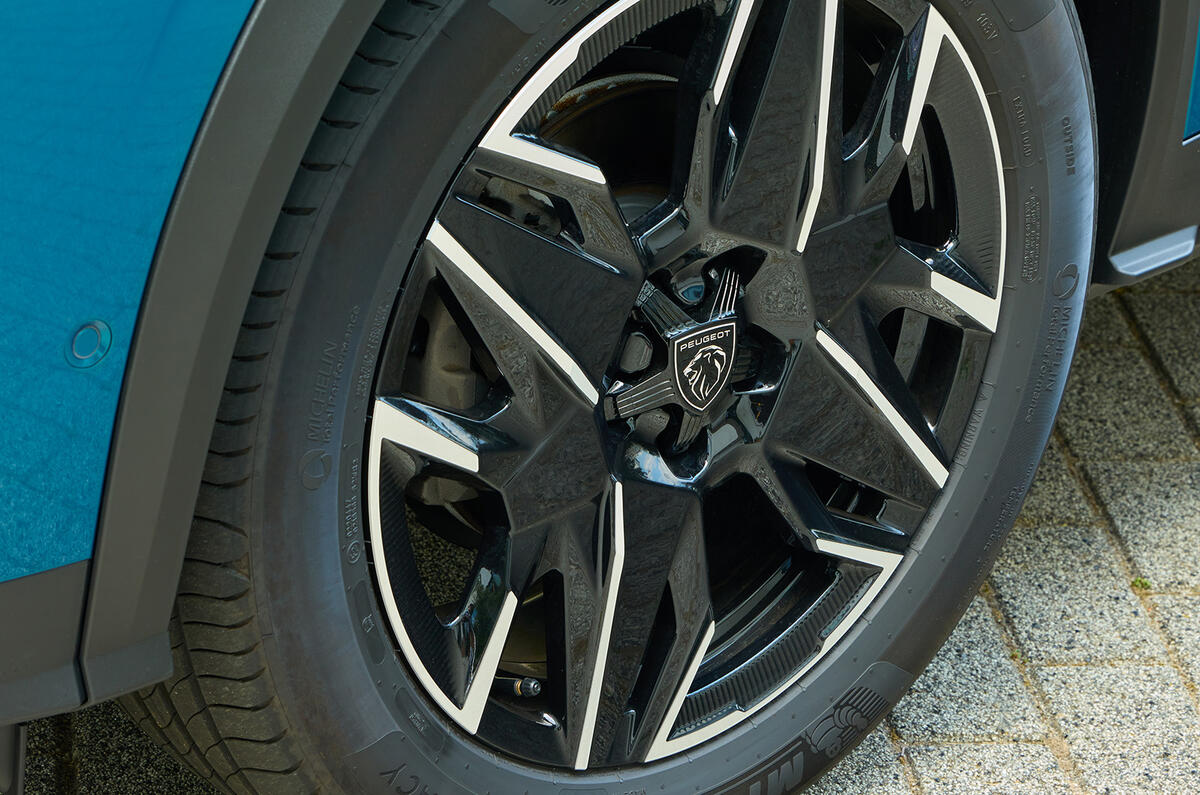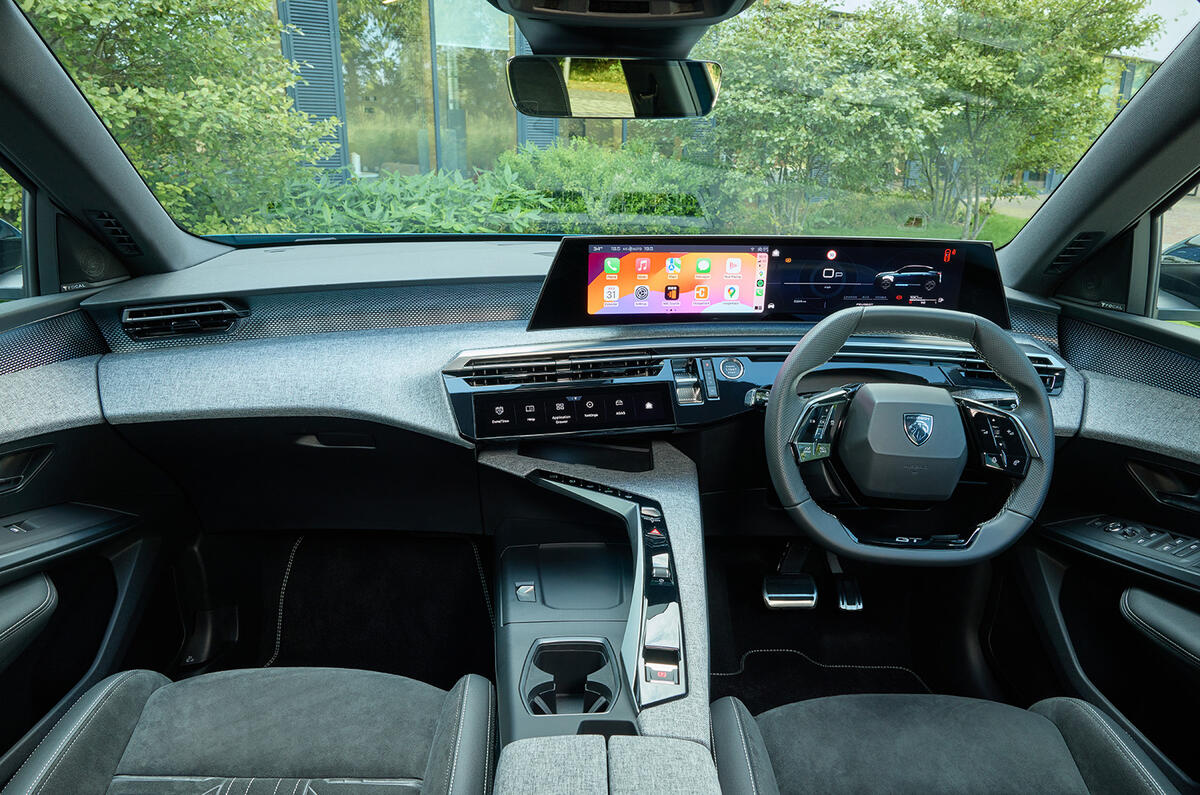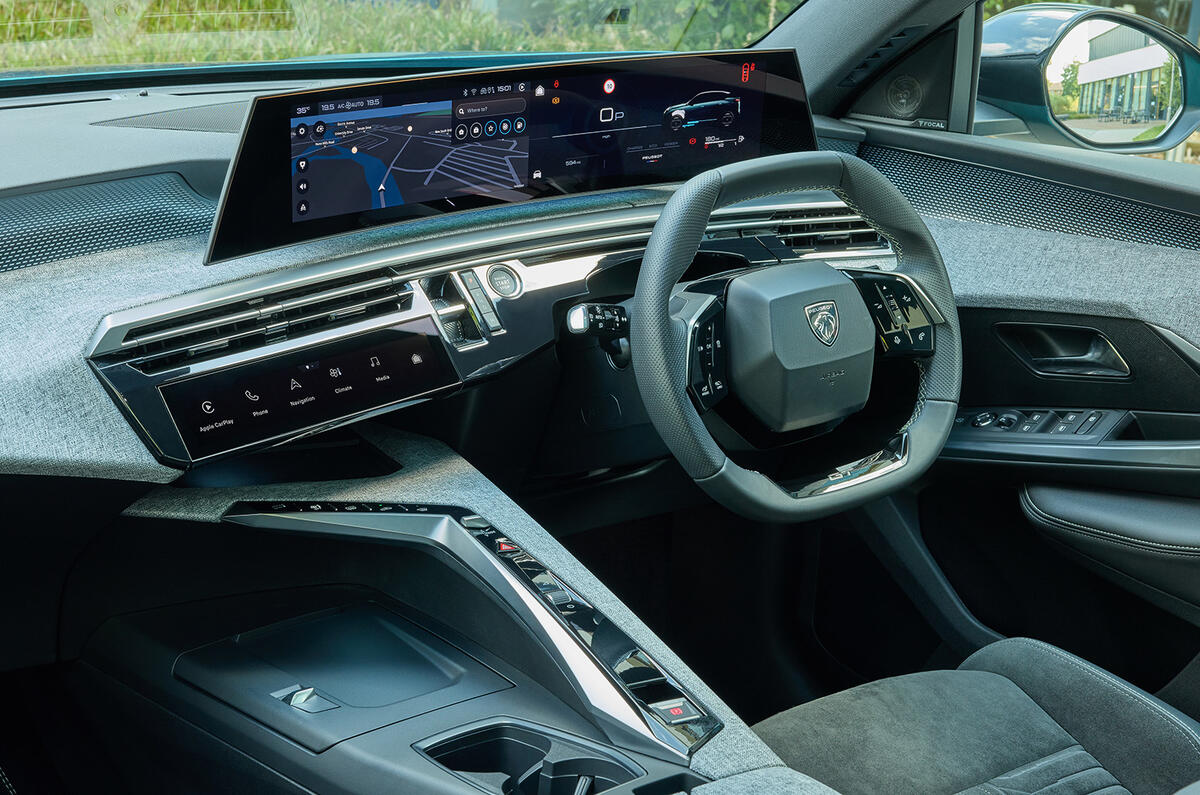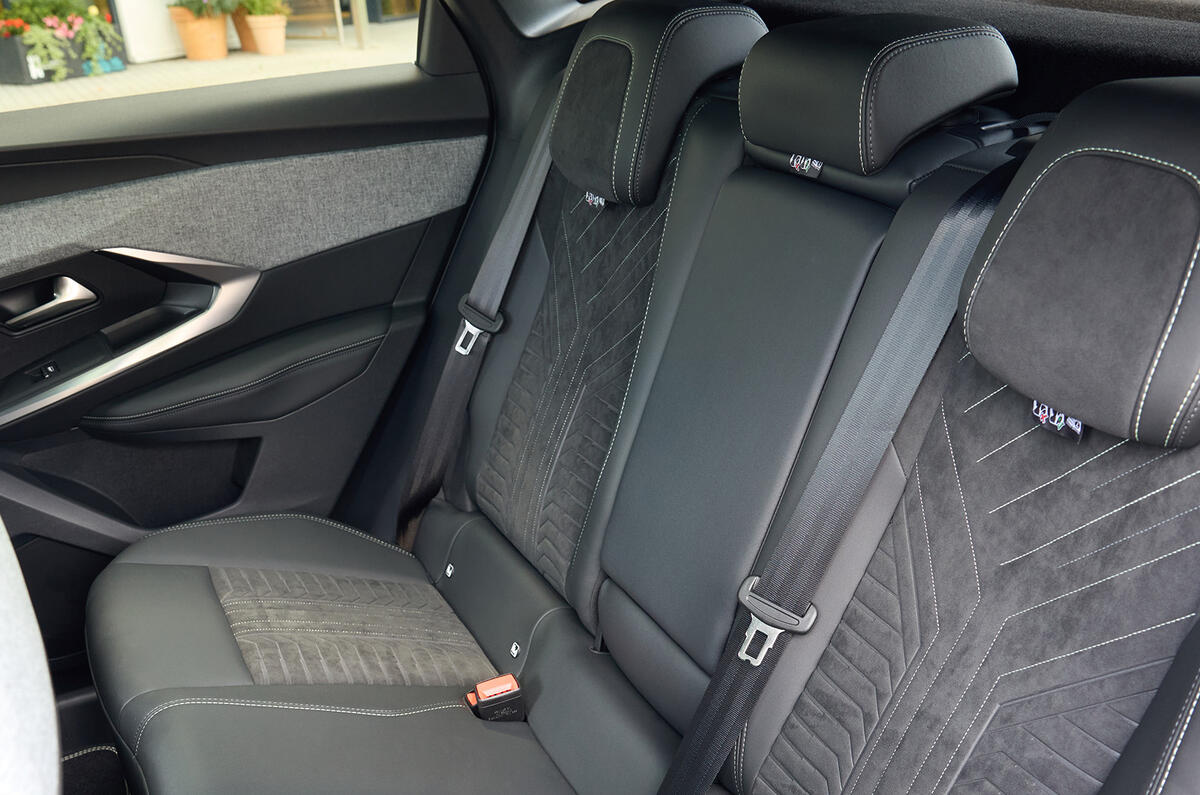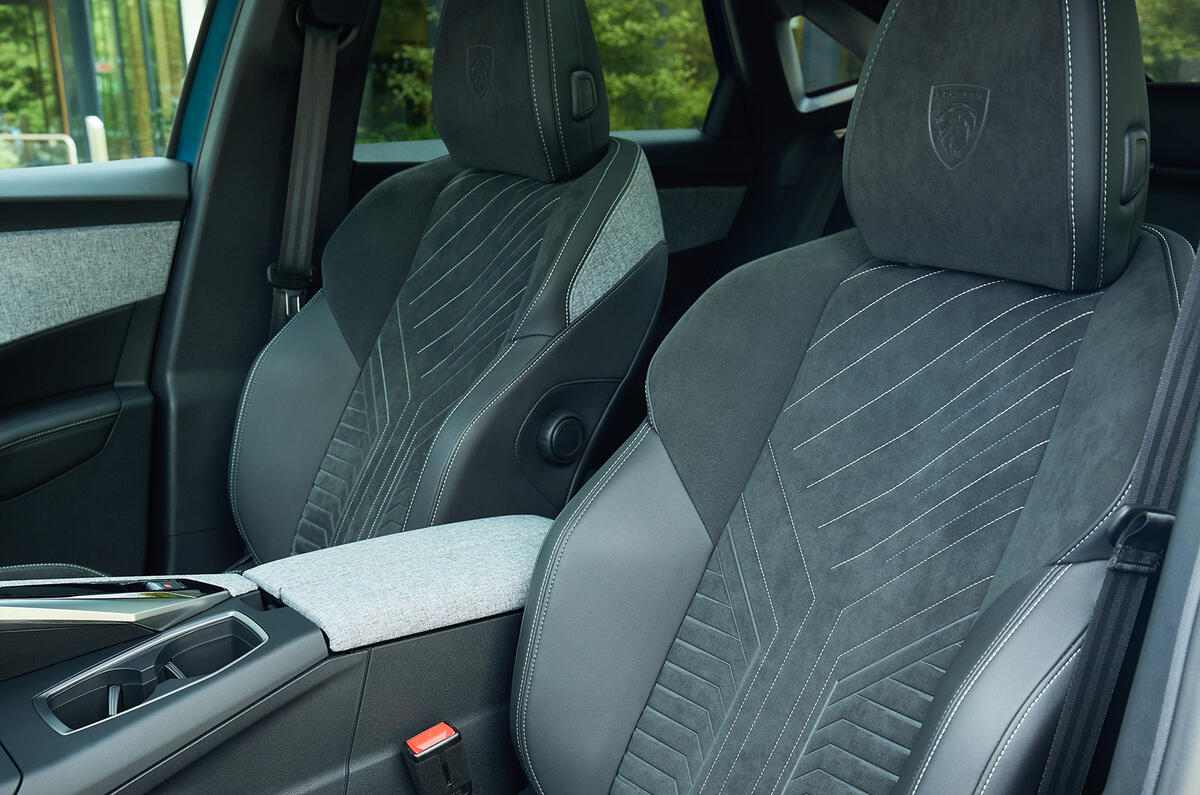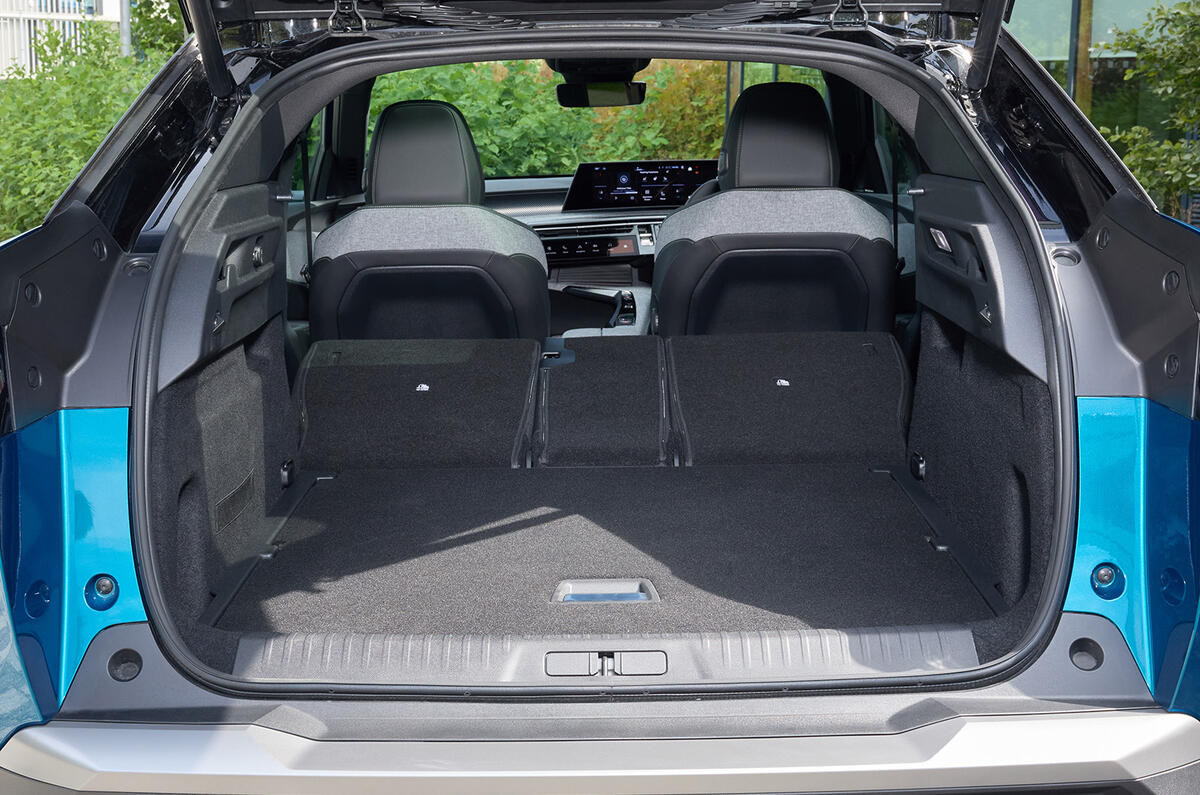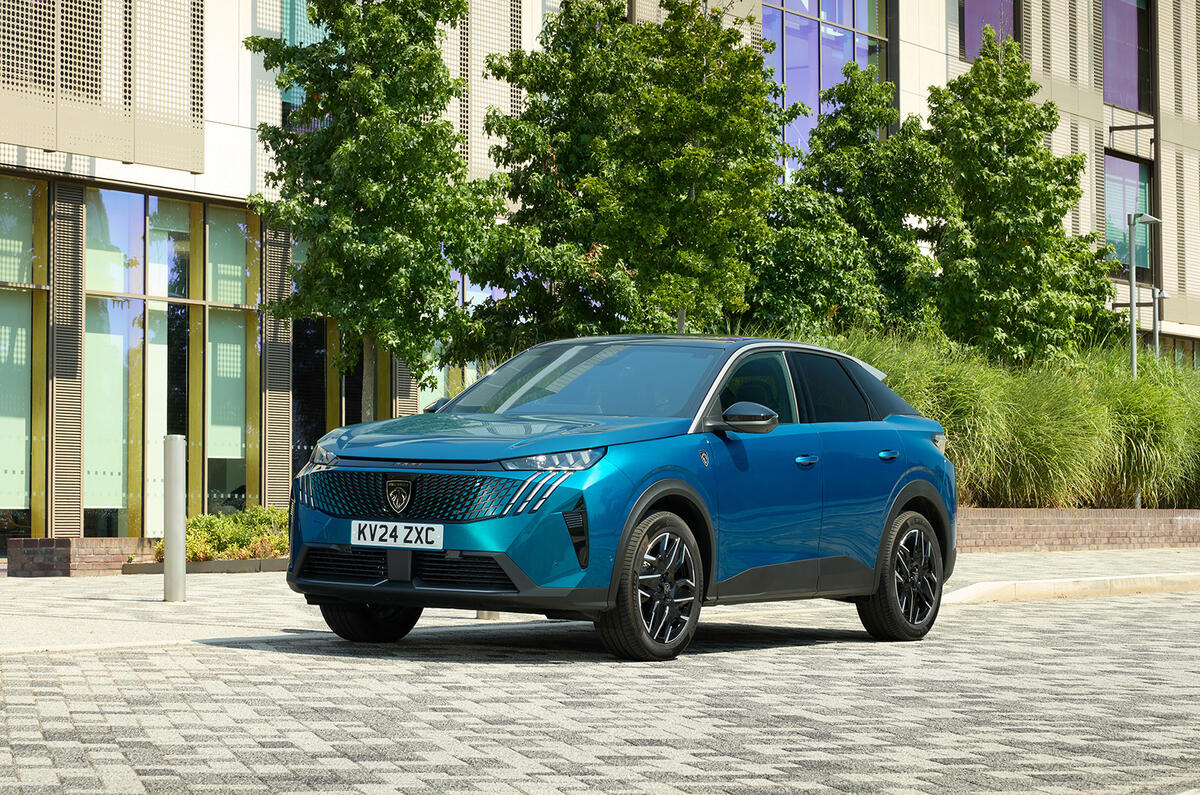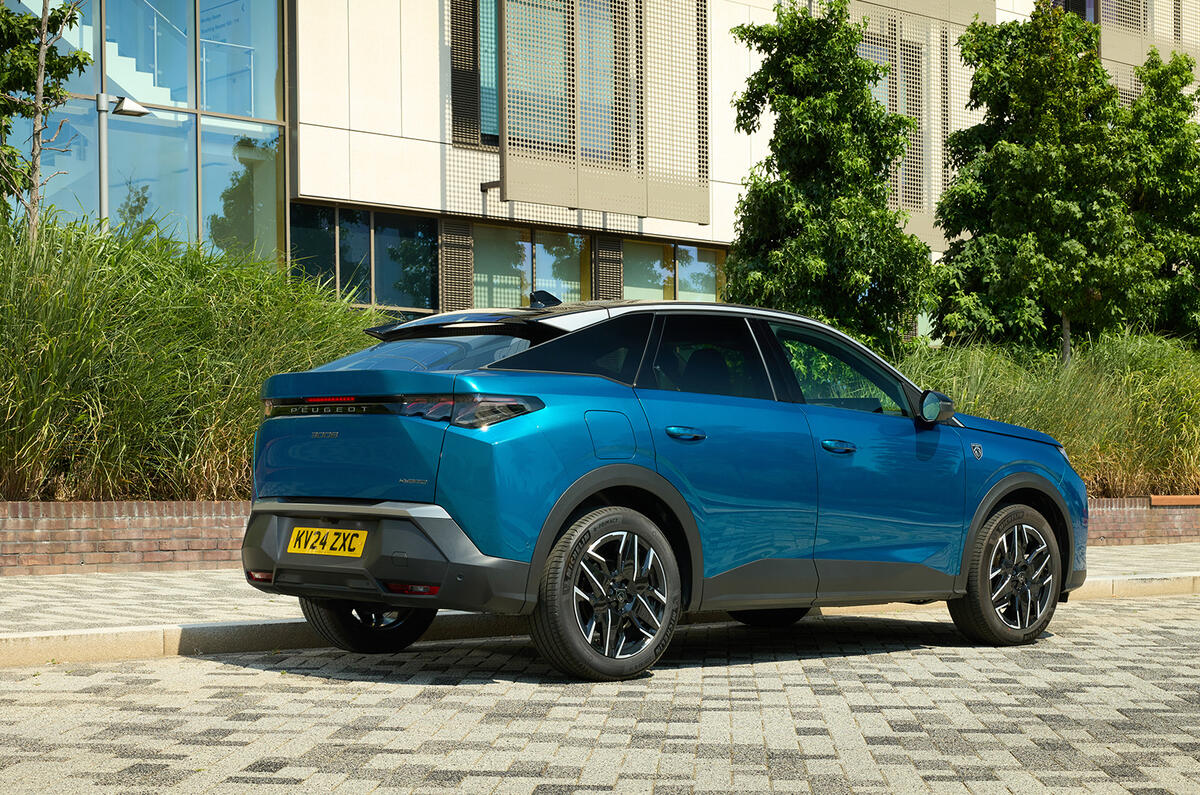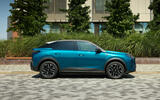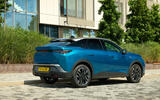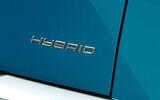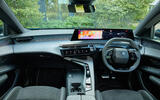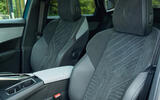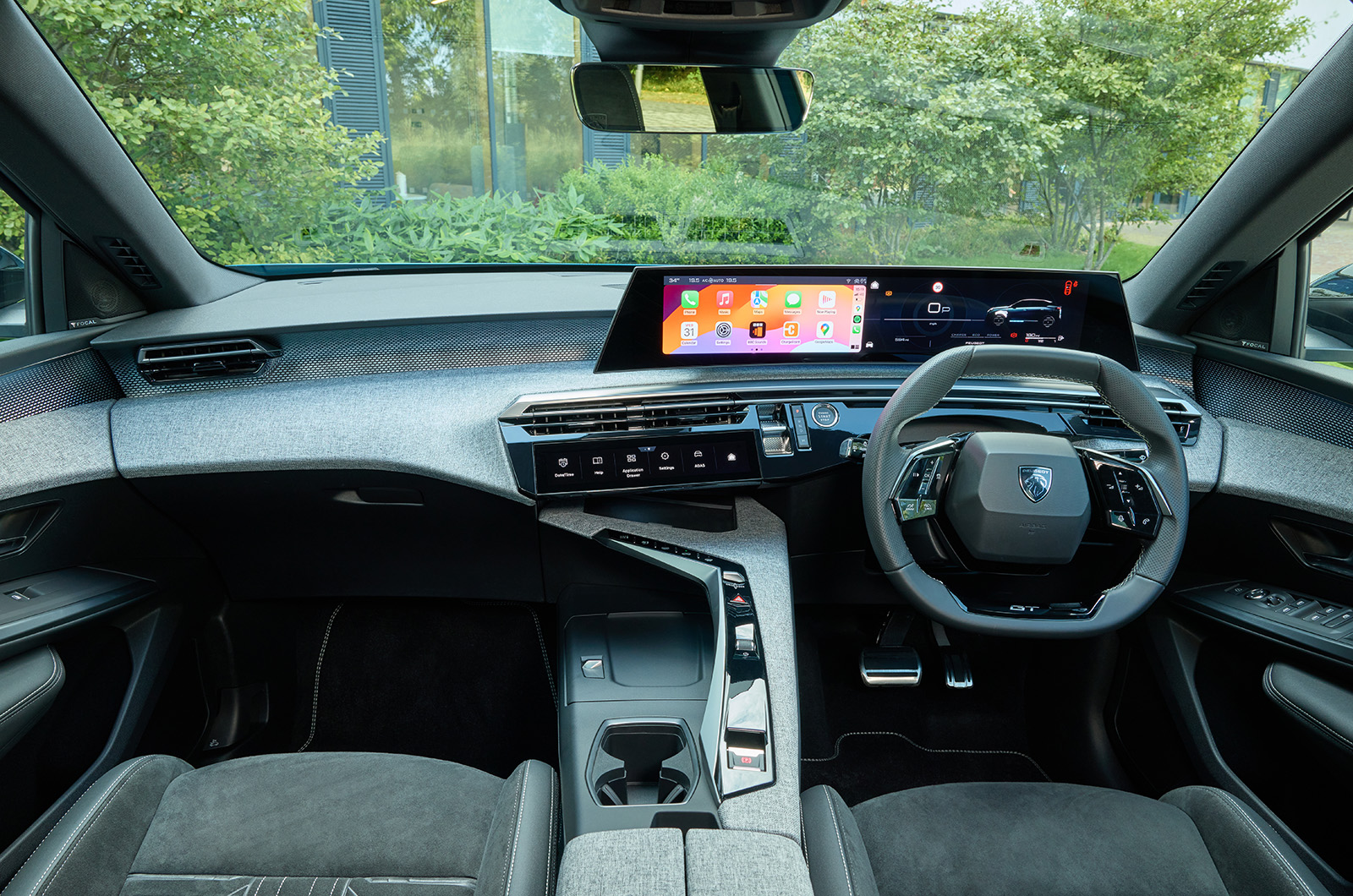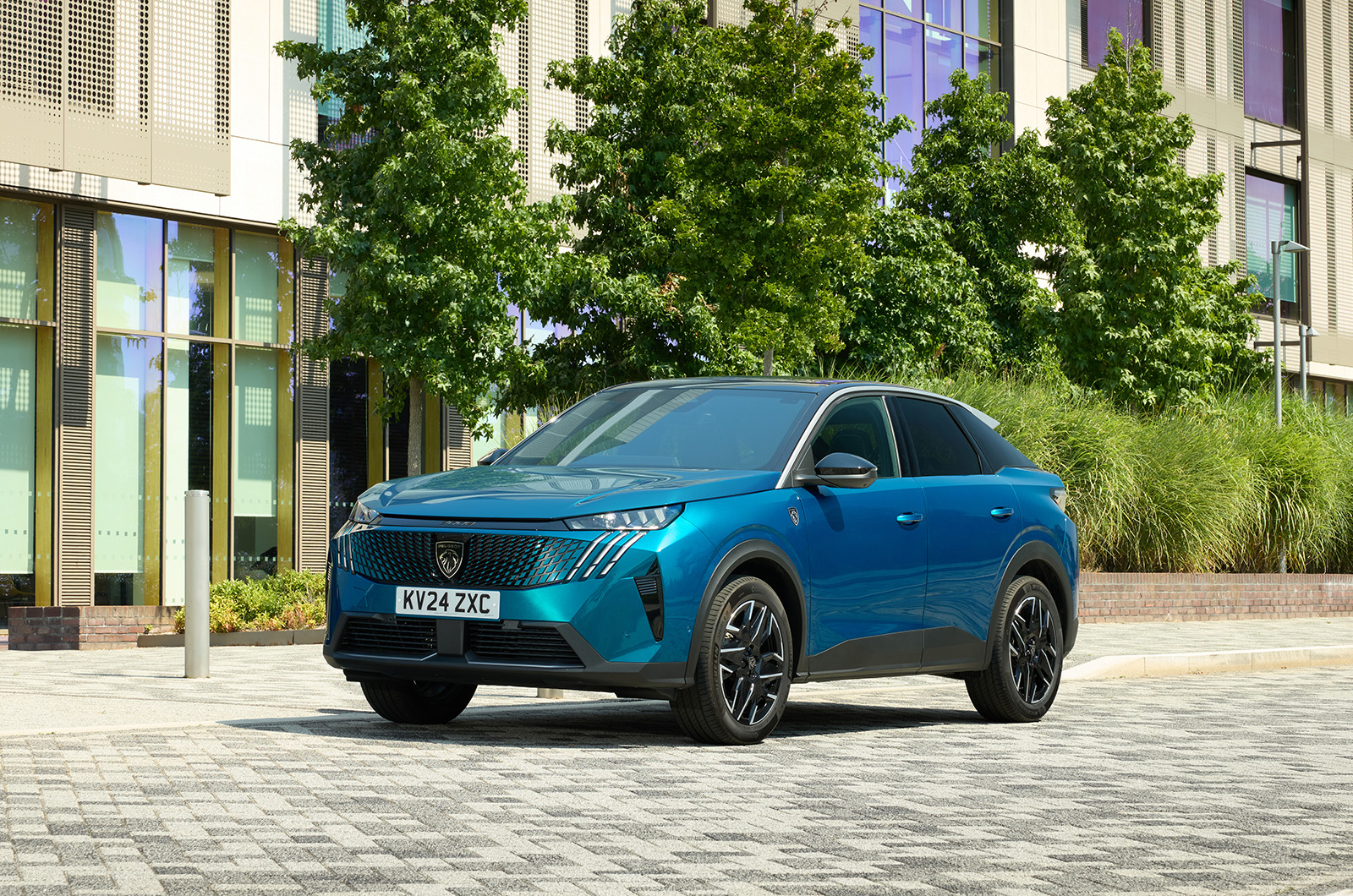The third-generation Peugeot 3008 feels like telling statement of upwardly mobile intent from its manufacturer, already having impressed us for its style, quality and sophistication - and as a near-£50,000 all-electric e-3008 at that. Which bodes well for the rest of this review: because, having already proved that such exotic prices aren't, at least in some ways, out of its reach, we now turn to the more affordable derivatives.
The regular combustion-engined versions of this car (which do without the e- prefixes of their zero-emissions siblings) carry the kind of prices you might find easier to stomach of a mid-sized French car. There is a plug-in hybrid due for introduction to the UK market shortly, available from a little over £40,000; and a mild hybrid, which we're dealing with here, that can be secured for less than £35k.
The mild hybrid is powered by Peugeot’s familiar three-cylinder, 1.2-litre turbo petrol engine with an electric motor integrated within a six-speed 'e-DSC6' dual-clutch automatic gearbox. It's pretty modestly powerful compared with its rangemates, at 134bhp; but for retail buyers who like the idea of a compact SUV that's well-priced, real-world economical and easy to use, it might have even more appeal than its more hyped and widely electrified equivalents.




